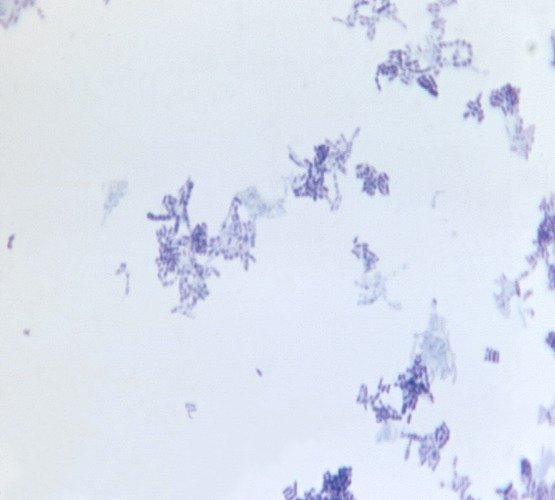Product photo

Product details
Name: Burkholderia phytofirmans 2-C-methyl-D-erythritol 2,4-cyclodiphosphate synthase (ispF) -Baculovirus
Size: 100ug
Catalog no.: GEN1140823.Baculovirus
Order on Gentaur.comGene name
ispF
Expression system
Baculovirus
Form
Lyophilized protein
Product category
Recombinant Proteins
Purity
Greater than 90% (determined by SDS-PAGE)
Available also expressed in:
E Coli ; Yeast ; Baculovirus ; Mammalian Cell
Other gene names
ispF; ispF; MECDP-synthase; MECPP-synthase; MECPS
Long name
Recombinant Burkholderia phytofirmans 2-C-methyl-D-erythritol 2,4-cyclodiphosphate synthase (ispF)
Applications
This protein can be used as a positive control for applications such as ELISA, IFA, RIA, Western Blot, etc.
Alternative names
2-C-methyl-D-erythritol 2,4-cyclo diphosphate synthase; 2-C-methyl-D-erythritol 2,4-cyclodiphosphate synthase; 2-C-methyl-D-erythritol 2,4-cyclo diphosphate synthase;
Storage
This protein can be stored at -20 degrees Celsius. For extended periods of time it is recommended to keep the protein frozen at -40 or -80 degrees Celsius. Avoid cycles of freezing and thawing as they might denaturate the polypeptide chains.
General description
2-C-methyl-D-erythritol 2,4-cyclodiphosphate synthase (ispF) is a recombinant protein expressed in Baculovirus . The protein can be with or without a His-Tag or other tag in accordance to customer's request. All of our recombinant proteins are manufactured in strictly controlled facilities and by using a well established technology which guarantees full batch-to-bact consistency and experiment reproducibility.
Description
A methyl group is an alkyl derived from methane, containing one carbon atom bonded to three hydrogen atoms — CH3. In formulas, the group is often abbreviated Me. Such hydrocarbon groups occur in many organic compounds. It is a very stable group in most molecules. While the methyl group is usually part of a larger molecule, it can be found on its own in any of three forms anion, cation or radical. The anion has eight valence electrons, the radical seven and the cation six. All three forms are highly reactive and rarely observed,
